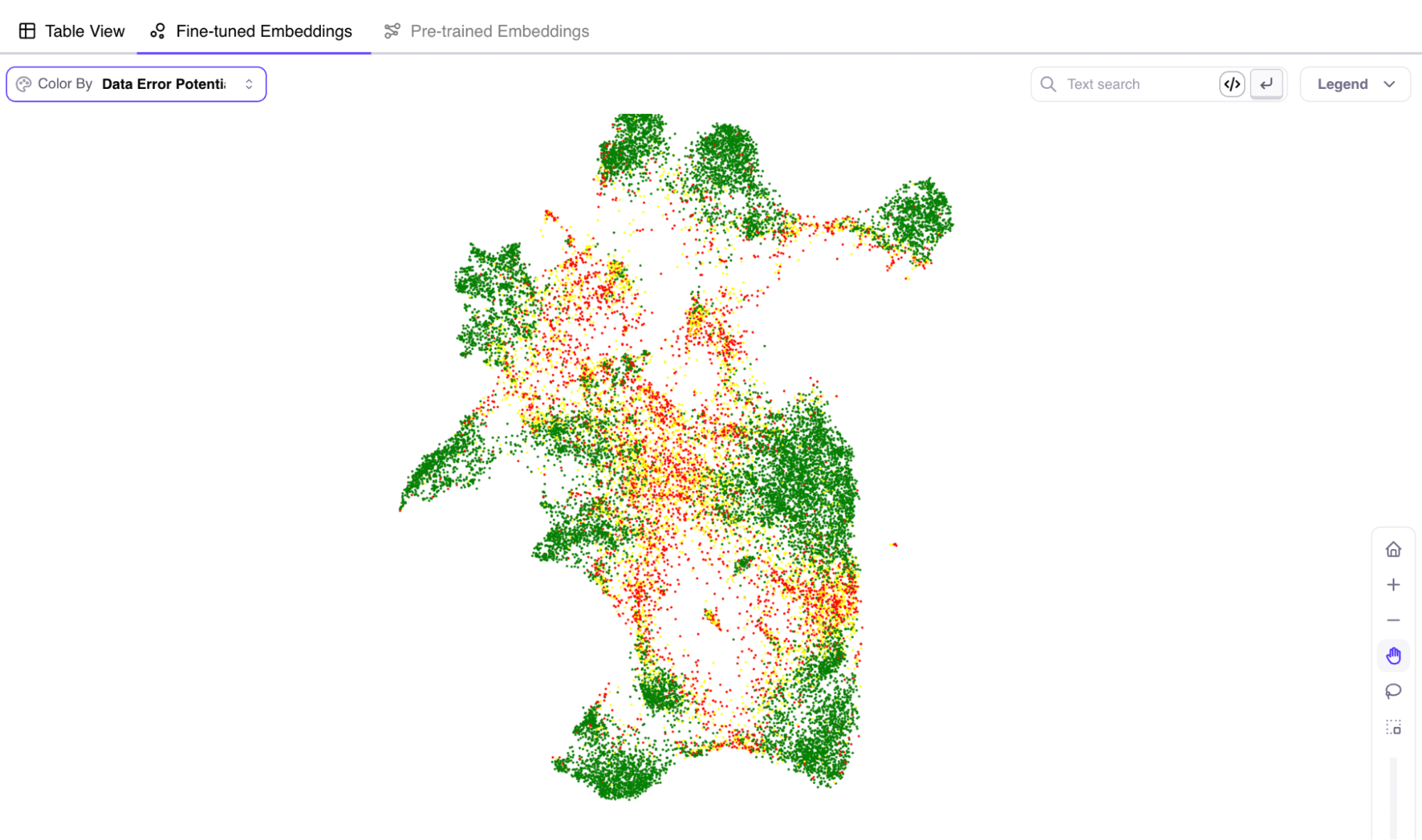In the intricate realm of data science, in which unstructured data presents a huge problem Vector embeddings are the unsung heroes, transforming chaos into order. The numerical arrays, also known as multi-dimensional, can be used to discover connections and relationships among seemingly complex data objects.
Imagine a place where you can discern raw and unstructured data such as text, audio, images or video. Vector embeddings are able to fulfill this promise. Vectors at their core serve as a conduit between the inherent complexities of unstructured information and the machine-learning power algorithms.

Vector embeddings, also known as the alchemists of the world of data, accomplish an amazing feat of converting huge and complex datasets into machine-readable formats. This transformation provides the basis for the easy processing and the analysis of unstructured datasets using machine-learning algorithms.
Vector embeddings are an effective tool that can provide order to seemingly chaotic data. These vectors represent data numerically in multi-dimensional arrays. This creates a language machines can understand and a language that goes beyond the complexity of raw data to allow for insightful analysis.
Vector embeddings are characterized by their flexibility. The numerical representations can be easily adapted to any circumstance, whether it is dealing with text, images or audio. In the textual world Vector embeddings can recognize the subtleties and relationships in text.
Embeddings of vectors affects visual data as well. Images, which are often packed with visual layers become something more than just pixels. Vector embeddings enable machines to see the fine details of an image. This allows for sophisticated pattern recognition and image analysis.
Vector embeddings are sonic adventurers in the audio world, translating sound complexity into numerical representations. These arrays provide a means for machine algorithms to learn as well as audio data to interpret the subtleties in pitch, tone, or rhythm.
The main purpose of vector embeddings is not only to encode data in a format that is machine-readable, but to serve as conduits to facilitate seamless integration of data that is not structured into the realm of machine learning. Vector embeddings are most powerful when they convert unstructured data into a format that machine learning algorithms can easily comprehend.
This transformational journey goes beyond the mere conversion of data; it’s about turning the unseen into visible and the chaos into understandable. Vector embeddings, with their mathematical wizardry, make invisible data visible, thereby providing a pathway for machines to explore the intricacies of unstructured data to extract meaningful insight.
As we embrace the era of machine learning and artificial intelligence, the role of vector embeddings is becoming more important. In a world that is flooded by unstructured data vector embeddings go beyond than just numbers. They serve as the gateways to understand. In the vast tapestry of data science, the vector embeddeddings are threads that weave a coherent narrative. This allows machines to comprehend the unstructured data and allows organizations to harness their full potential.
Conclusion: vector embeddings shine like beacons among the sea of unstructured, chaotic data. They are the light that turns the complexity of data into simplicity, and chaos into order. Vector embeddings are at top of our efforts to unravel the secrets of data. They help machines navigate the landscape of unstructured data and understand its intricacies.